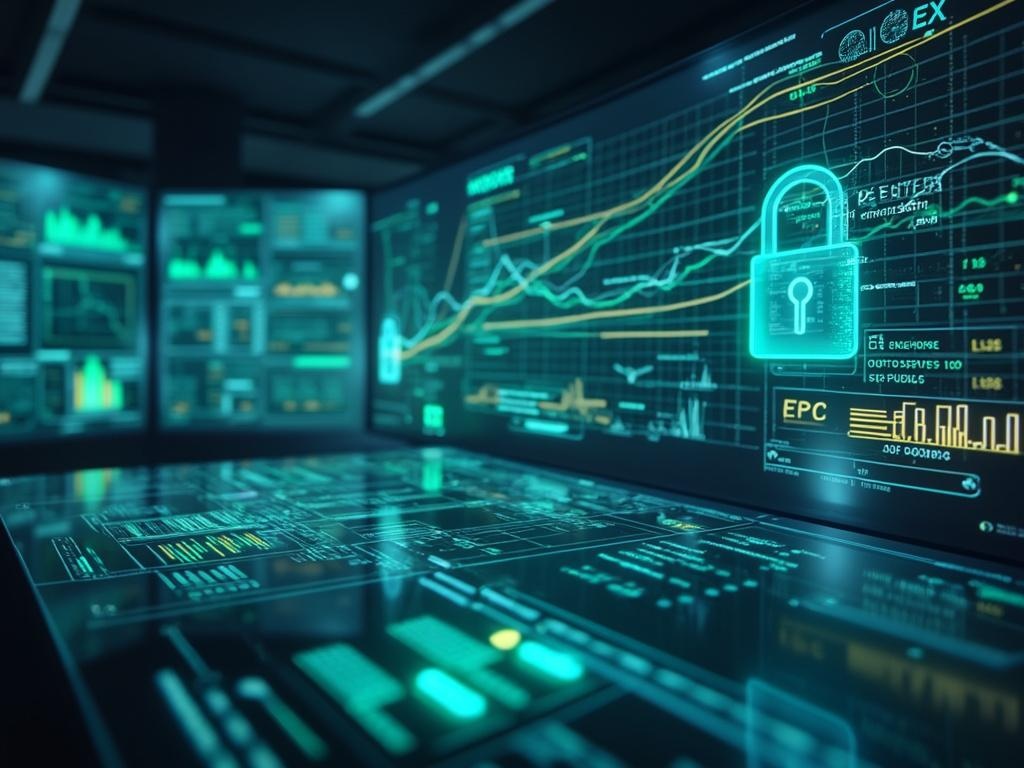Critical Infrastructure Security: Addressing Unprecedented Cyber Threats in 2025

Critical Infrastructure Faces Unprecedented Cyber Threats in 2025
Recent revelations about Chinese state-sponsored hackers maintaining five-year access to U.S. critical infrastructure have highlighted the growing vulnerability of essential services to cyber attacks. The group known as Volt Typhoon had mapped every component of power grids, ports, and telecommunications systems, positioning themselves for potential future sabotage operations. Organizations must conduct regular comprehensive cyber security risk assessments to identify vulnerabilities.
Infrastructure Vulnerabilities and Emerging Risks
The convergence of operational technology (OT) with traditional IT networks has created new vulnerabilities in systems that were never designed to withstand sustained cyber sieges. The U.S. Department of Homeland Security warns that adversaries view critical infrastructure as their most effective coercive tool short of conventional warfare. According to the Cybersecurity & Infrastructure Security Agency (CISA), protecting these vital systems requires unprecedented coordination between public and private sectors.
Growing Threats and Evolving Tactics
The accessibility of cyber weapons has dramatically increased through Ransomware-as-a-Service collectives and hacktivist groups. The Play gang recently demonstrated this by weaponizing a Windows zero-day vulnerability within days of its discovery, making sophisticated attack capabilities available to anyone with sufficient cryptocurrency. Small businesses must implement robust cybersecurity measures to protect against evolving threats.
State-sponsored threats have intensified amid geopolitical tensions. Iranian operators are actively probing U.S. hospitals and logistics hubs following strikes on their nuclear facilities, while Russian strategy emphasizes hybrid warfare targeting critical infrastructure to weaken Western support for Ukraine.
The integration of artificial intelligence has supercharged attack capabilities:
- AI enables self-modifying malware that evades detection
- Generative AI powers sophisticated social engineering campaigns
- Automated tools can rapidly identify exposed industrial control systems
Real-World Impacts and Economic Consequences
The consequences of these attacks extend far beyond the digital realm. The "Great IT Outage" of July 2024 demonstrated this by disrupting essential services for millions of Americans:
- Stranded truck fleets
- Frozen retail systems
- Forced hospitals to revert to paper records
The potential economic impact is staggering, with estimates suggesting a severe power grid attack could cost over $240 billion. The recent UnitedHealth breach affected 190 million Americans, disrupting healthcare delivery nationwide. Organizations must develop comprehensive disaster recovery plans for cybersecurity incidents.
Building Resilience for the Future
Experts emphasize that complete immunity from attacks is unrealistic. Instead, organizations must focus on building resilience through:
- Continuous asset monitoring
- Regular security patches
- Supply chain scrutiny
- Frequent incident response drills
- Implementation of zero-trust architecture
The landscape of critical infrastructure security continues to evolve rapidly. While the challenges are significant, a combination of technological innovation, regulatory frameworks, and public-private collaboration offers a path forward in protecting these essential systems.

